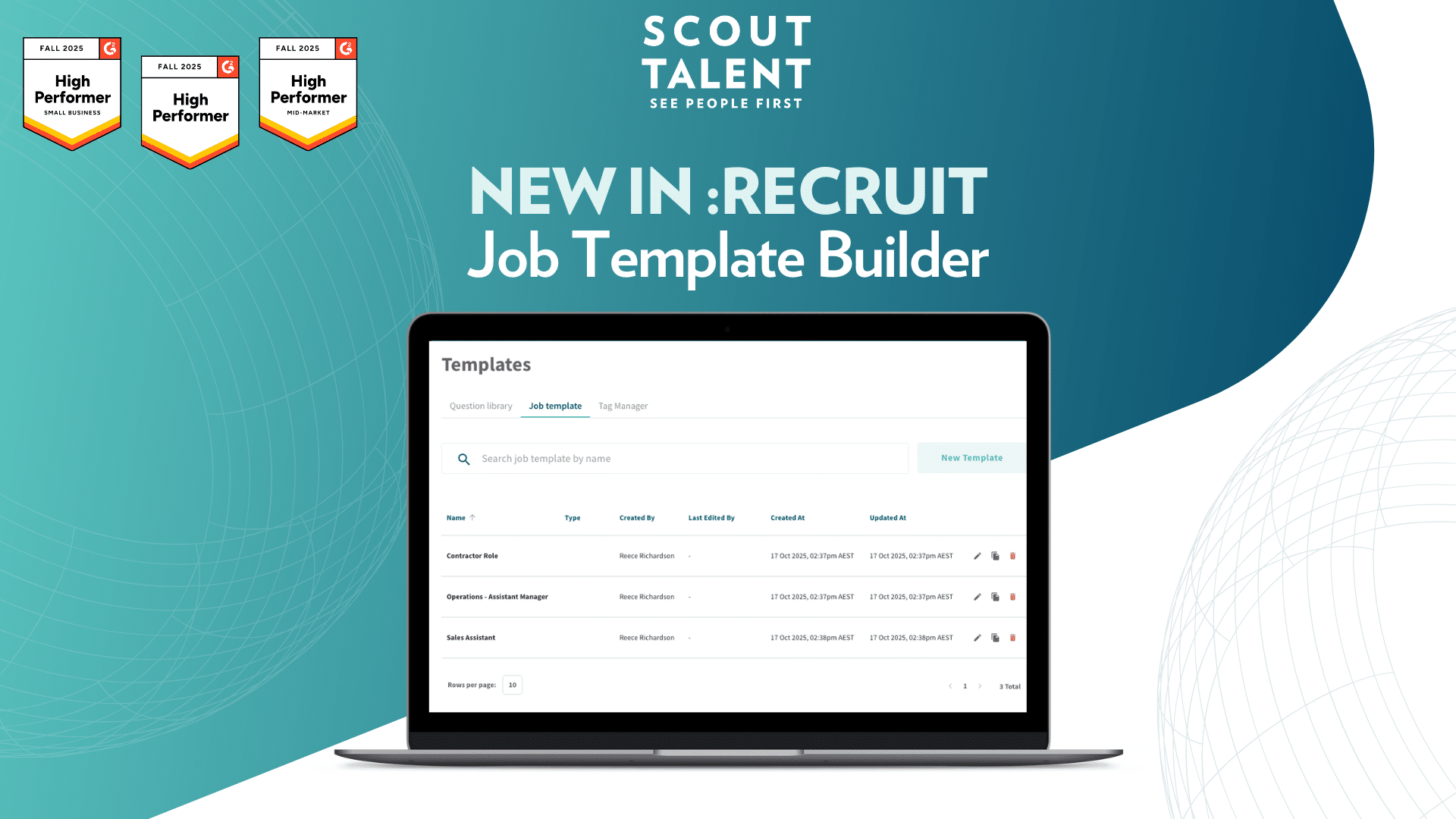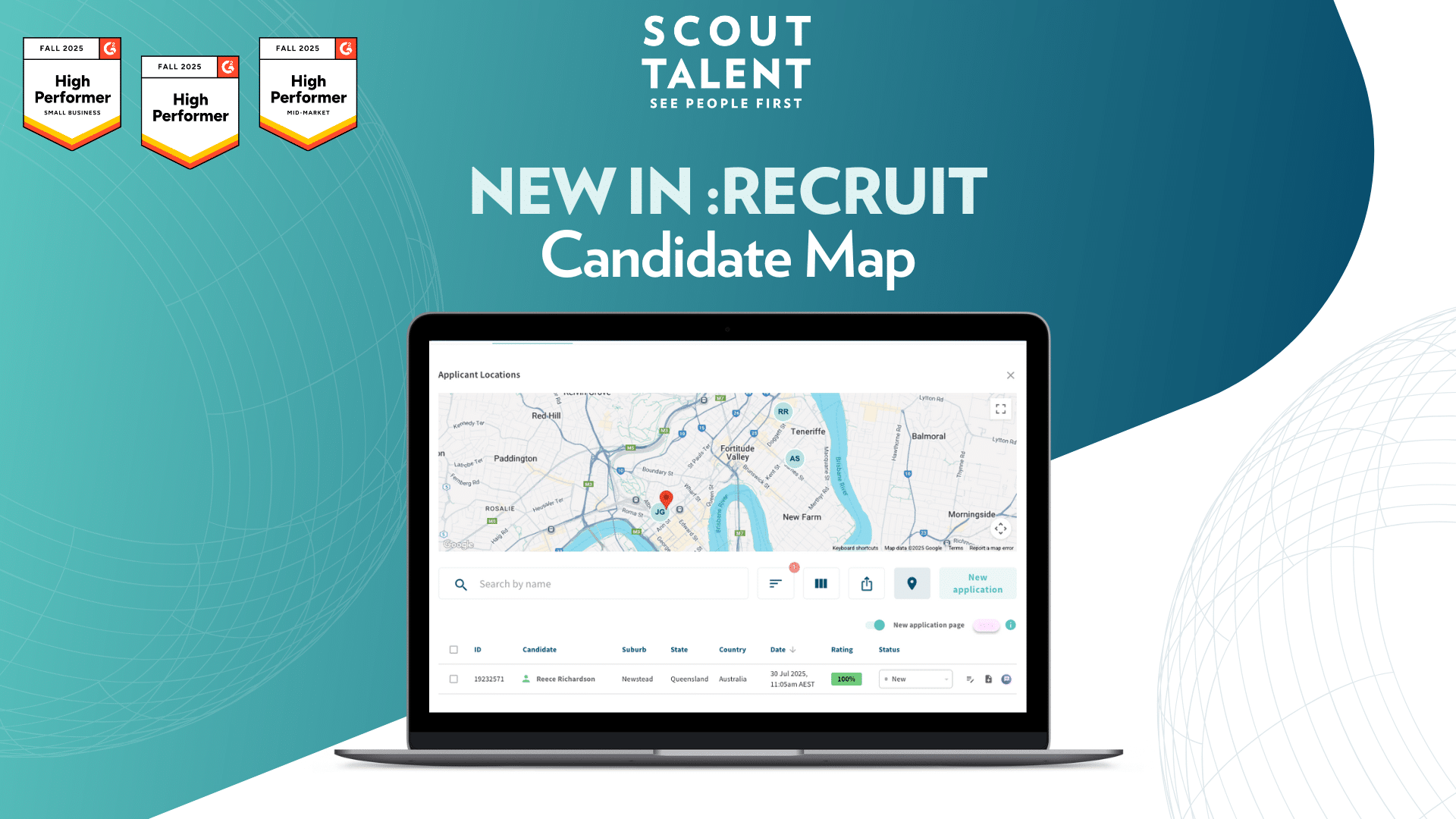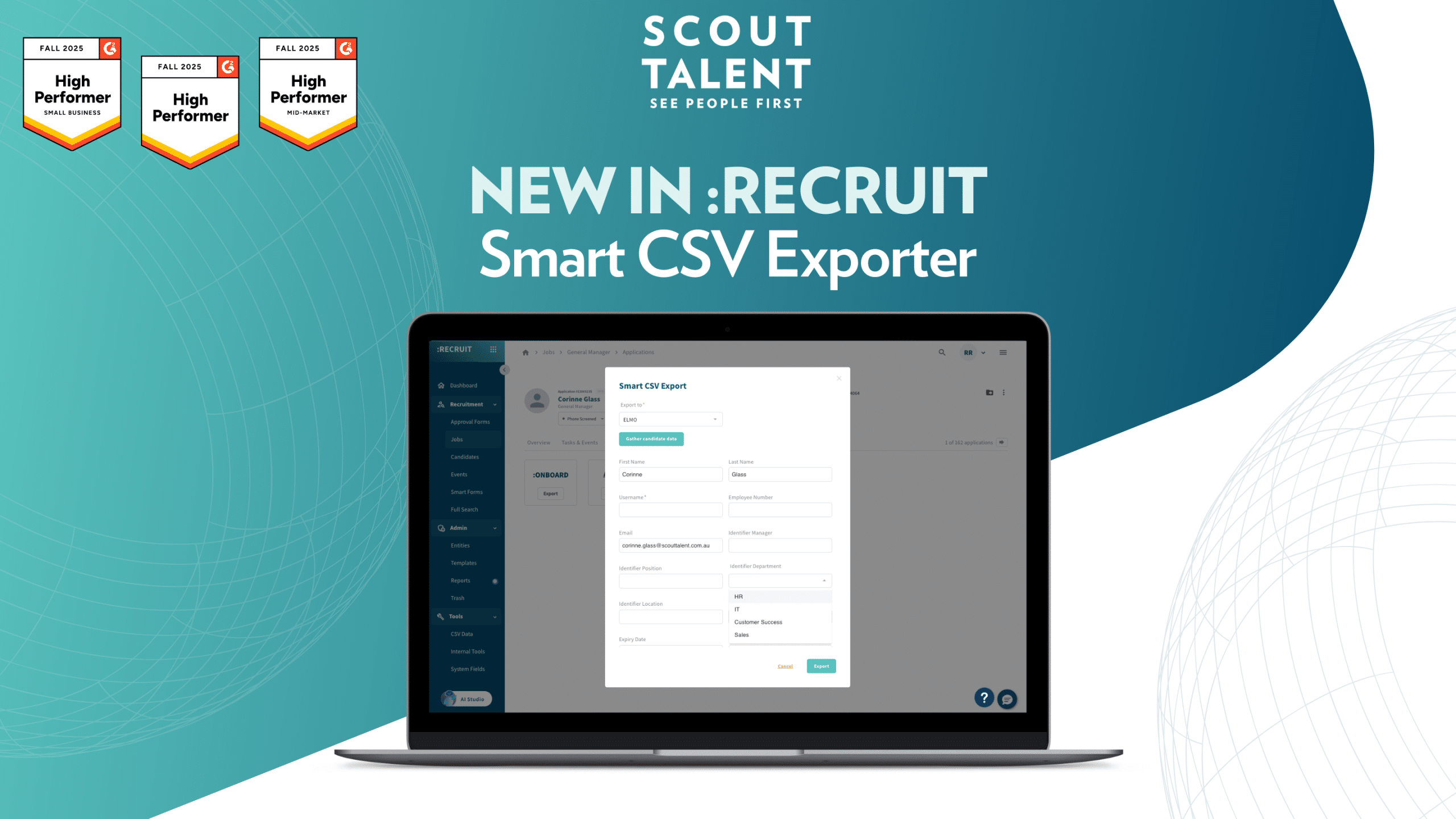How many times have you read a job description and thought, purely based on the words on the page, this is the company for me. Better yet, how many times have you read a job description and not found yourself either skimming through the words or daydreaming. I’d be willing to bet that for 90% of you the answer is never!
On the whole recruiters and hiring managers spend next to no time developing their job descriptions, and once they have a template that seems to be working moderately well they copy and paste it to death for all of their roles. So why should we expect candidates to be interested and excited about working for us when we put so little effort into our first communication with them?
I remember once, I had a client that had been using the same old copy on all of their roles for years before I started working with them. How they chose to describe their company was a breakdown of stats, figures, and stock market information which if you knew how to read it did pretty accurately demonstrate their success. To me, this is a great example of one size of job description not fitting all candidates. I can see this sort of job description really appealing to senior executive-level roles and maybe roles in the realm of finance, legal, and procurement. But outside of that, the text isn’t engaging. Which brings me on to my first tip when it comes to job descriptions, know your audience.
Tip one: Know your audience.
If you primarily recruit in 3 main areas such as sales, engineers, and finance; then you should have three different styles of job descriptions to find your ideal candidate in each of those fields. I’ll not lie, this is a time-consuming undertaking but once you crack it the rewards are so worthwhile.
Think of it this way. A sales candidate probably is more interested in what your company sells and it’s place in the market than a detailed breakdown of your organization’s history. If you’re hiring engineers they may not care a huge amount about your end product but you know what does engage engineers? It’s knowing what some of the projects they’re going to be involved in is.
If you’re looking for field staff then a detailed breakdown of your office culture isn’t going to be overly relevant. Equally, if you’re hiring office-based staff then how you treat your employees and what it’s like to be part of your office probably is hugely relevant.
Recruitment is no longer about throwing a job description into the void. It’s about crafting a message that speaks to your target audience.
Ok, so you’ve got the company descriptions tailored to your target audience. Now what? Well next is where authenticity comes into play.
Tip 2: Own your authenticity
To write an effective job description, you need to engage your candidates but also speak honestly about the role. Don’t say you’re growing and going places if neither your headcount or revenue has increased in the last year. Find your selling point and your truth and I can assure you it will make your job descriptions better and get you better candidates who are going to fit your organization’s culture.
We often say internally at Scout to describe the role as you would describe it to a close friend. That might be a little bit uncomfortable for some if you’ve gone through some rough transitions or if the role is a tough one. But there are ways to do it without scaring your candidates away.
A good example of this is if you’ve had some bad managers that have now left the company then you may as well talk to this in your job description because most likely a potential candidate will google you and see the truth for themselves. So, own it and say something like – ‘This role will be supported by our brand new management team that are making some exciting changes in our company.’
You can be honest and authentic without obliterating your chances of appealing to a candidate.
So now you’ve got some engaging text about your company and it reads authentically. What’s next? Well that’s where benefits and salary come into play.
Tip 3: Use your Salary and Benefits
Doing something over and over again and expecting a different result is madness. We’ve been posting “Highly competitive salary/compensation” for years now, it’s time to try something different and actually advertise a competitive salary.
If you don’t know how competitive your salary is then there are ways to check. Indeed and Glassdoor both offer free salary comparison tools in Canada that allow you to get an average salary for a role in a specific location.
If your salary isn’t more competitive than your competitors and you can’t change it for whatever reason, then this is where you’ll need to step your benefits up. There are a lot of benefits that you can’t control but there are definitely things you can control. Increasing vacation or offering more flexible hours is something that every organization can do and it can be very effective selling point.
So what’s next. You’ve now got the great copy, it sounds authentic to your organization, you’re advertising your salary and benefits, because they’re no good to you as a marketing tool if no one knows what they look like, now it’s responsibilities and qualifications.
Tip 4: The role of responsibilities and qualifications
I don’t know who decided that the responsibilities and qualifications sections of a job description should be two really long lists, but that seems to be the norm. And it is so boring. Nothing makes candidates switch off faster than long lists.
Again, look at your job descriptions and your target audience. If you’re hiring a salesperson then they don’t necessarily need a long list of forced responsibilities:
• generate leads
• manage accounts
• cold call customers
• use a CRM
That could all be a short concise paragraph instead. Don’t bore your potential candidates with a long list of responsibilities they’re likely not even going to properly read. Keep it short and only include either the most interesting aspects of the role or things that wouldn’t be typical for that field. Keep it engaging and relevant rather than creating a list for the sake of a list.
That statement goes double for qualifications. We all really need to start interrogating the experience we’re looking for and not just arbitrally picking a number out of the air. The amount of times I’ve seen ‘must have 10 years experience’ on a job description and wondered well what about 9 or 8 years of experience. They could be great as well but based on your job description it’s only in their 10th year of experience that they have the necessary experience for your role. It doesn’t really make sense, does it? Especially in a candidate market where the top talent is only getting scarcer each year.
Take all of this, or even some of this, onboard and I guarantee you’ll see a change in the type of candidates that apply to you. Your job description is your first contact with potential candidates, make it work for you.
If you would like to find out more about how Scout Talent can help you improve your candidate attraction strategies in ways like this, reach out to us at hello@scouttalent.ca or click the button below.




